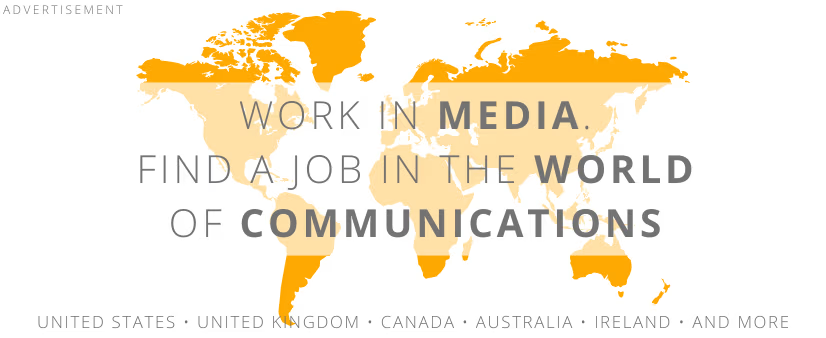 illustration: bing.com/create
illustration: bing.com/createAs highlighted by the Newseria Information Agency, interest in subscriptions surged during the pandemic when online shopping became the only option for many people. The main arguments driving this growing interest are primarily savings and convenience. An important factor is also price, as subscriptions often offer discounts and better rates than one-time purchases.
According to a survey by Blue Media "Finances of Poles during the Pandemic":
- More than half of Poles used online subscription services.
- The most popular were access to movies and series, software, as well as press and online games.
- Over 30% of Poles also use non-internet subscriptions: medical care, food delivery, fitness clubs, and books.
- More than 70% of respondents indicated that subscriptions help them save money compared to one-time purchases.
- Other important factors that encourage Poles to subscribe are convenience and ease of use.
- Especially women in large cities appreciate the ability to use products and services without having to leave home.
- Men and older individuals, on the other hand, value simple and intuitive solutions that allow them to easily manage their subscriptions.
Furthermore, a survey conducted by McKinsey & Company revealed that in 2022, the average American had 10 subscriptions, while the average resident of Western Europe had 9. The biggest players in this market are streaming platforms like Netflix, HBO Max, and Spotify.
The average Pole, as estimated by Newseria, paid for various subscriptions an average of almost 480 PLN per month. This is not insignificant, but it is worth remembering that this cost already includes access to movies, series, music, software, press, online games, medical care, food delivery, fitness clubs, and books. Compared to reports from 2021, the popularity of subscriptions in Poland has slowed somewhat, but it remains one of the most important trends in our purchasing habits.
Subscription Curiosities
It is worth noting that so-called subscription boxes, which are monthly packages containing various products such as toys, cosmetics, or food, are also gaining popularity - emphasizes the Newseria agency. The authors of the report give examples of curiosities, such as eco-friendly toilet paper made from bamboo or subscription gifts surprises. In many countries, including Poland, there are already subscriptions for renting luxury goods and entirely new products in this industry. Here are some examples:
- If you are planning an elegant dinner or an official occasion, you can purchase a dress subscription and not spend a fortune on a one-time outfit. In the "order one, return another" model, you can change dresses as often as you want.
- Young parents can also benefit from subscriptions. The SNOO crib, which helps babies sleep through the night, costs a fortune. With a subscription, parents can rent the crib for several months or years and save a lot of money.
- The increase in interest - and the diversity of services - can also be seen in cosmetics, personal care, and hygiene products. There are increasingly original proposals, such as renting a garden called Własny Ogródek in a rural area of Pomerania, where you can grow vegetables, have 24-hour video monitoring, and professional gardening service.
- An interesting novelty for young parents is a diaper subscription introduced by Bambiboo, a Polish brand of eco-certified diapers made with organic cotton and bamboo fiber.
In the West, it is anticipated that subscription providers will increasingly integrate their products and services in the coming years. It is possible that soon washing machines will be able to independently order laundry detergent by analyzing our monthly usage.
However, authors and analysts warn against an uncritical approach to this new trend. Lack of control over expenses risks leading to financial troubles or even debt. Therefore, although subscriptions seem to be a convenient solution allowing for lower unit prices, it is worth considering carefully before purchasing another one.
COMMERCIAL BREAK
New articles in section Marketing and PR
#POMAGAM2026 Can a New Year's resolution go viral?
wspieramy
Is a million good deeds a lot? Ten-year-old Emilka wants to find out. She just announced the I Resolve to Help campaign on the internet and urges everyone to make a unique New Year's resolution. That we help each other more often in 2026.
Dance in the media mirror. Between culture, business and viral fame
KFi
Over 78,000 media pieces, 1.6 billion potential views, and 197,500 social media mentions-dance in Poland is no longer niche. With a combined media value exceeding PLN 800 million, it now outperforms MMA, handball, and hockey.
PR in Poland. Ranking of the largest public relations agencies 2025
KFi
The smallest teams often generate the most publications, and agencies outside Warsaw are increasingly capturing media attention. This unexpected distribution of power is one of the key findings from the 2025 PR Agency Ranking in Poland, developed by Widoczni and IMM.
See articles on a similar topic:
Email Marketing Done Right. How to Avoid Ending Up in SPAM
BARD
One in three Poles receives between 10 and 20 promotional emails daily, and more than half receive at least 10, according to a study by Redlink. For an email to stand out among the competition and be read by the recipient, three key factors are essential, capturing the most attention from recipients.
Do Ads on TV Annoy You? Think Again, It’s Quite the Opposite!
Bartłomiej Dwornik
Advertisements don’t irritate viewers; instead, they increase the appeal of television programs, according to research published in the Polish edition of Harvard Business Review. Viewers are actually willing to pay more for shows they watched with ad breaks.
Rising Google Ads click costs. How to keep campaigns profitable?
Patrycja Kranc
In 2024 the average cost per click (CPC) rose in 86% of industries. In e-commerce and real estate, increases reached dozens of percent. Optimisation is becoming crucial, not only for campaigns but for the entire customer acquisition process.
A Good Product is Not Enough. New Realities for Marketing are Coming
Reporterzy.info
- Brands face many tests in credibility and transparency in the coming years. The era of neutrality is over - predicts Maciej Swoboda, Chief Revenue Officer at the agency Funktional, in an interview with Reporterzy.info.






























